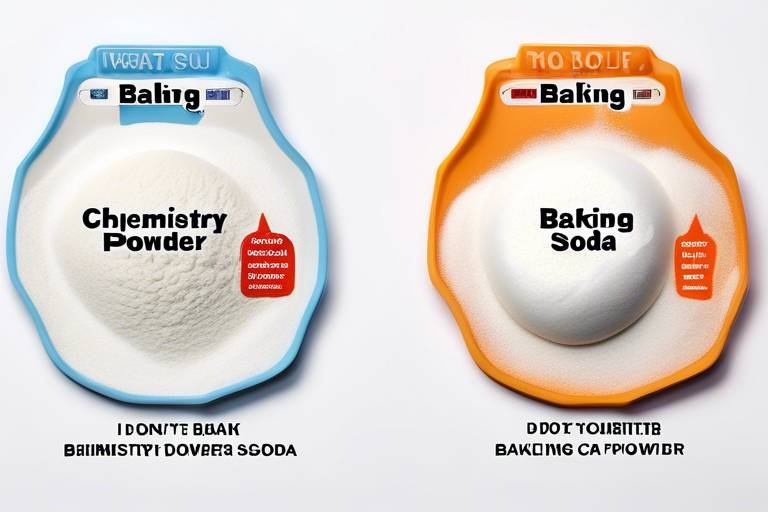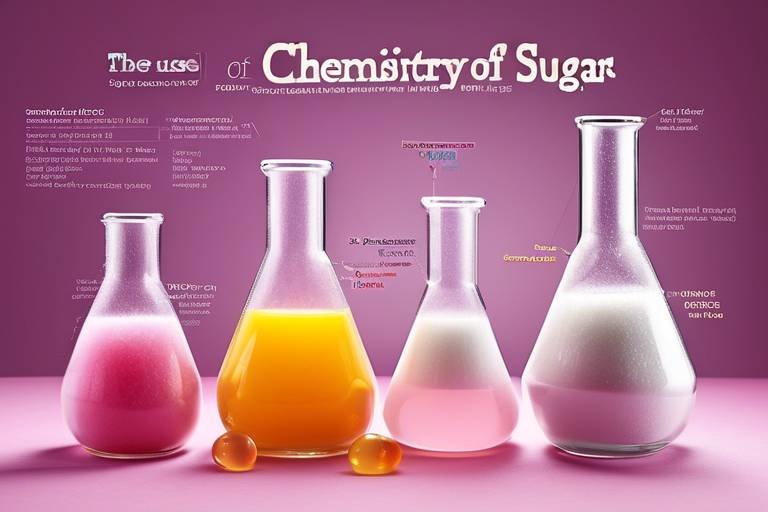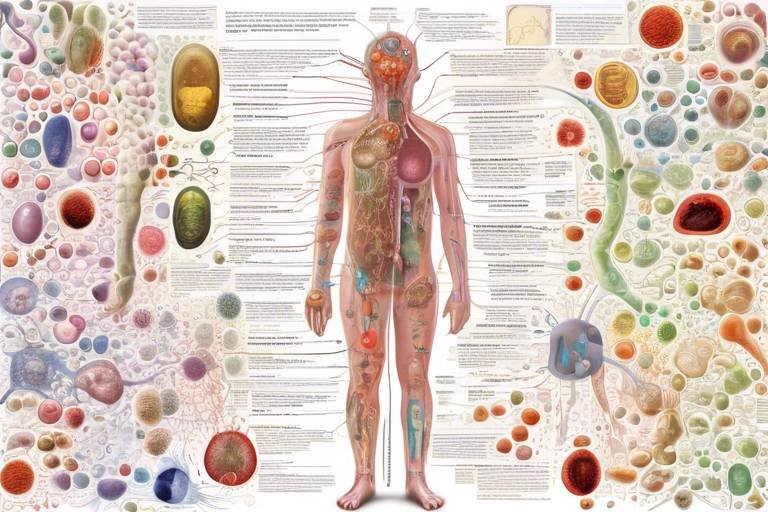The Chemistry of Baking Powder vs. Baking Soda
When it comes to baking, the right leavening agent can make or break your recipe. Baking powder and baking soda are two of the most commonly used leavening agents, yet many bakers—both novice and experienced—often confuse the two. Understanding the chemistry behind these ingredients is essential for achieving the perfect rise in your baked goods. In this article, we will explore the scientific differences between baking powder and baking soda, their chemical properties, and how they affect the outcomes of your baking adventures. Whether you're whipping up a fluffy cake or a batch of cookies, knowing how these leavening agents work will empower you to create delightful treats with confidence.
Baking soda, scientifically known as sodium bicarbonate, is a basic compound that requires an acid to activate. When mixed with an acidic ingredient, it undergoes a chemical reaction that produces carbon dioxide gas. This gas creates bubbles that expand during baking, resulting in a light and airy texture. Some common acidic ingredients that activate baking soda include vinegar, lemon juice, and yogurt. Without an acid, baking soda will not produce the desired leavening effect, which is why it’s crucial to pair it with the right ingredients. Think of baking soda as a dormant volcano; it needs the right conditions to erupt and create that delightful rise in your baked goods.
In contrast, baking powder contains both an acid and a base, making it a complete leavening agent. It typically consists of sodium bicarbonate (the base) and a dry acid, such as cream of tartar, along with a moisture-absorbing agent like cornstarch. When baking powder is mixed with liquid and heated, it releases carbon dioxide gas, causing the dough or batter to rise. There are two types of baking powder: single-acting and double-acting. Single-acting baking powder releases gas immediately upon mixing with liquid, while double-acting baking powder releases gas in two phases—once when mixed and again when heated. This makes double-acting baking powder more versatile and reliable for various baking applications.
Acids play a crucial role in activating baking soda, and understanding their interactions can significantly improve your baking results. Here are some common acidic ingredients that can enhance your recipes:
- Citrus Juices: Juices from lemons, limes, and oranges not only provide acidity but also add a refreshing flavor to baked goods.
- Dairy Products: Ingredients like buttermilk and yogurt introduce acidity while contributing to moisture and tenderness in your baked treats.
- Vinegar: White vinegar or apple cider vinegar can be used to activate baking soda, especially in recipes like cakes and cookies.
When these acids interact with baking soda, they produce carbon dioxide, which helps your baked goods rise. It’s like a dance between ingredients, where the right partners create the perfect lift!
Citrus juices, such as lemon and lime, are not just for flavor; they also provide the necessary acidity to activate baking soda. The tangy flavor they impart enhances the overall taste of your baked goods, making them more vibrant and enjoyable. Imagine biting into a lemon cake that’s both fluffy and bursting with citrus goodness—thanks to the magical reaction between baking soda and citrus juice!
Dairy products like buttermilk and yogurt are fantastic for adding acidity to your recipes. When combined with baking soda, they not only help with leavening but also improve the texture and moisture of your baked goods. Think of buttermilk pancakes that are light and fluffy, all thanks to the perfect balance of acidity and leavening!
The pH level of your ingredients plays a significant role in determining the effectiveness of baking soda and powder. A higher acidity (lower pH) will enhance the activation of baking soda, while a neutral or alkaline environment may hinder its leavening ability. Understanding the pH levels of your ingredients can help you achieve the best results in your baking endeavors. It’s like tuning an instrument—each ingredient’s pH needs to be just right for the symphony of flavors and textures to come together harmoniously.
Knowing how to substitute one leavening agent for the other can be essential in baking, especially when you’re in a pinch. Here are some guidelines for making effective substitutions:
Understanding the correct conversion ratios is vital for successful substitutions. Generally, you can use the following guidelines:
- 1 teaspoon of baking soda can be replaced with 2 to 3 teaspoons of baking powder.
- 1 teaspoon of baking powder can be replaced with 1/4 teaspoon of baking soda plus an acid (like vinegar or lemon juice).
Bakers often make mistakes when substituting these leavening agents. One common error is using baking soda without an acid, which results in dense, flat baked goods. Another mistake is miscalculating the ratios, leading to overly salty or bitter flavors. To avoid these pitfalls, always double-check your ingredients and measurements. Remember, baking is as much a science as it is an art!
Q: Can I use baking powder instead of baking soda?
A: Yes, but you’ll need to adjust the amount and consider the acidity in your recipe. Baking powder contains both an acid and a base, so it can often substitute baking soda, but the results may vary.
Q: What happens if I use too much baking soda?
A: Using too much baking soda can lead to a soapy or bitter taste in your baked goods. It can also cause your cakes to rise too quickly and then collapse.
Q: How can I tell if my baking powder is still good?
A: You can test it by adding a teaspoon of baking powder to a cup of hot water. If it bubbles vigorously, it’s still active. If not, it’s time to replace it!
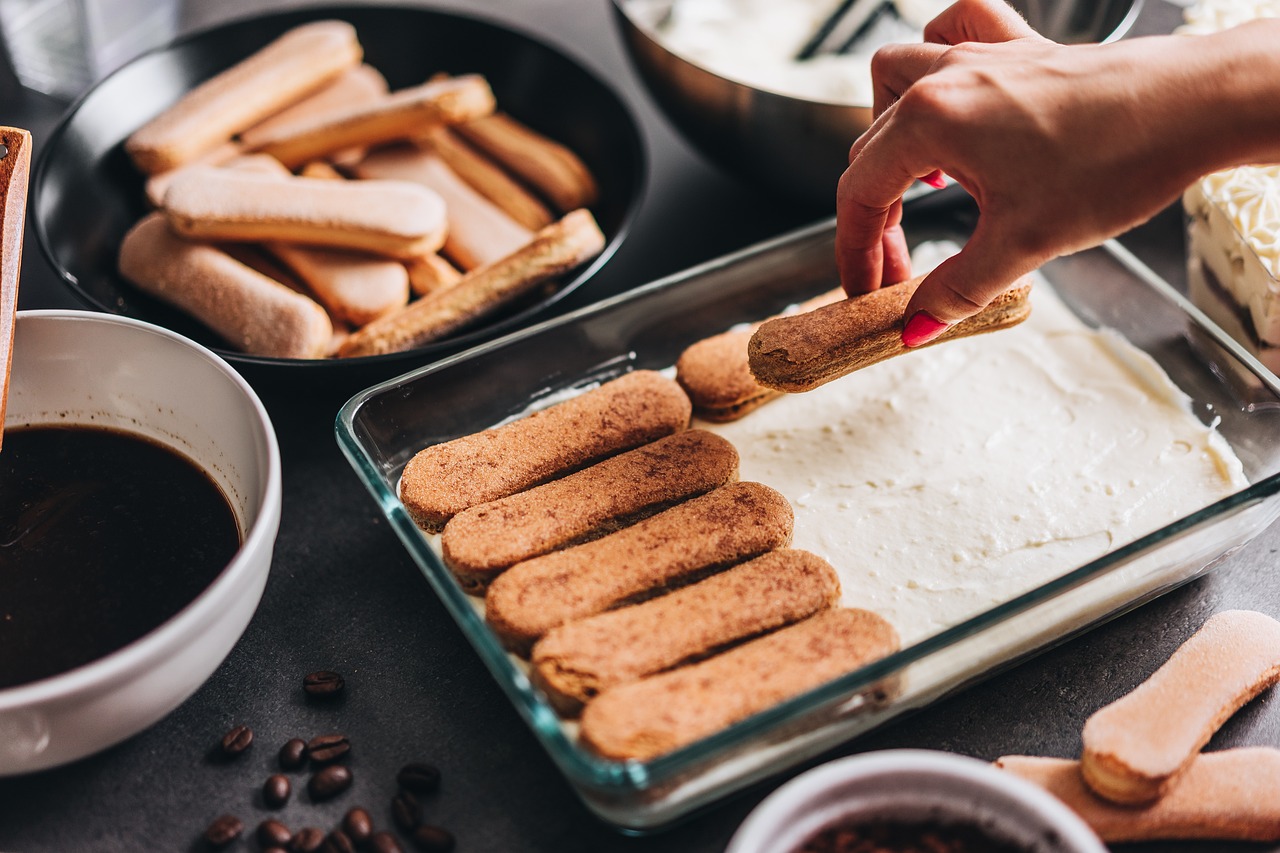
Understanding Baking Soda
Baking soda, scientifically known as sodium bicarbonate, is a fascinating compound that plays a crucial role in the world of baking. Imagine it as the silent hero in your kitchen, waiting patiently in its little box for the moment it can spring into action. Unlike baking powder, which comes pre-mixed with acid, baking soda is a basic compound that needs an acidic partner to activate its leavening properties. When combined with an acid, it undergoes a chemical reaction that produces carbon dioxide gas, which is what gives your baked goods that delightful rise and fluffy texture.
To better understand how baking soda works, let's break down its chemical properties. When baking soda is mixed with an acid—such as vinegar, lemon juice, or yogurt—it releases bubbles of carbon dioxide. These bubbles are like tiny balloons, expanding and lifting the batter or dough, creating a light and airy structure in cakes, cookies, and breads. This reaction starts as soon as the ingredients are combined, so it's essential to bake the mixture promptly to capture those precious gas bubbles before they escape.
Another aspect to consider is the alkalinity of baking soda. With a pH level of around 9, it is quite basic compared to many other ingredients in baking. This characteristic not only affects the leavening process but also influences the overall flavor and color of the final product. For instance, in recipes where baking soda is used, you might notice a slightly darker crust due to the Maillard reaction, which occurs more readily in alkaline conditions. It's these subtle nuances that can transform an ordinary recipe into something extraordinary!
Moreover, using baking soda correctly can be the difference between a light, fluffy cake and a dense, heavy one. It's essential to measure accurately because too much baking soda can lead to an unpleasant, soapy taste, while too little can result in a flat product. As a general rule of thumb, you typically need about 1/4 teaspoon of baking soda per cup of flour in your recipe. However, this can vary depending on the other ingredients present, particularly the acidic components.
In summary, baking soda is not just a simple ingredient; it's a powerful leavening agent that, when used correctly, can elevate your baking to new heights. Understanding its properties and how it interacts with other ingredients is key to mastering the art of baking. So, the next time you're whipping up a batch of cookies or a cake, remember the science behind that little box of baking soda—it’s more than just a pantry staple; it’s your ticket to baking success!
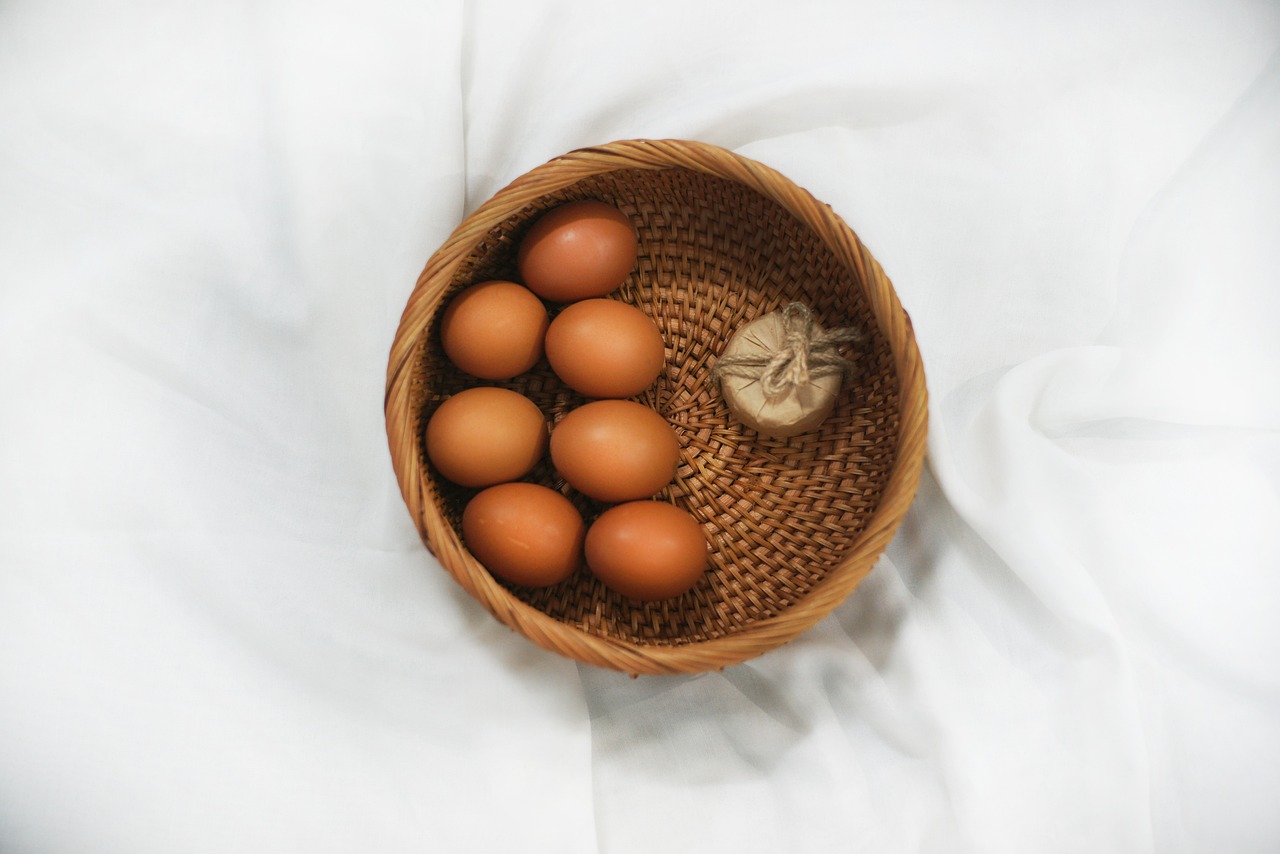
Understanding Baking Powder
Baking powder is a fascinating ingredient that plays a pivotal role in the world of baking. Unlike its counterpart, baking soda, which is simply sodium bicarbonate, baking powder is a complete leavening agent that contains both an acid and a base. This unique combination allows it to react and produce carbon dioxide gas when it comes into contact with moisture and heat, creating that delightful lift we all love in our baked goods. Imagine a balloon slowly inflating as you blow air into it; that's essentially what happens in your cake or muffin batter when you add baking powder!
To break it down further, baking powder typically consists of the following components:
- Acidic Component: This is usually cream of tartar or another acid that reacts with the base.
- Basic Component: The most common base used is sodium bicarbonate.
- Moisture Absorber: A starch is often included to prevent clumping and to absorb moisture.
When you mix baking powder with wet ingredients, the acid and base react immediately, releasing carbon dioxide bubbles. This reaction continues when the mixture is heated in the oven, resulting in a fluffy texture. It's like a mini explosion of air that causes your dough to rise! This is why baking powder is often used in recipes that don't include any other acidic ingredients, such as cakes and cookies. The beauty of baking powder lies in its ability to provide consistent results, making it a favorite among novice and experienced bakers alike.
There are two types of baking powder: single-acting and double-acting. Single-acting baking powder releases carbon dioxide as soon as it is mixed with a liquid, meaning you need to bake your mixture right away. On the other hand, double-acting baking powder releases gas in two phases: once when mixed with liquid and again when heated. This allows a bit more flexibility, giving you time to prepare your batter without worrying about it losing its leavening power.
Understanding the chemistry behind baking powder can take your baking to the next level. For instance, if a recipe calls for baking powder but you only have baking soda, you might think you can just substitute one for the other. However, without the right balance of acids, you could end up with a dense and unappetizing result. It's essential to know how baking powder works to ensure your baked goods turn out light, fluffy, and delicious!
In summary, baking powder is an essential ingredient in many recipes, providing the necessary lift to achieve that perfect texture. Its unique composition and dual-action capabilities make it a versatile choice for a variety of baked goods. So next time you whip up a batch of cookies or a cake, remember the science behind your ingredients and how they contribute to the final product!
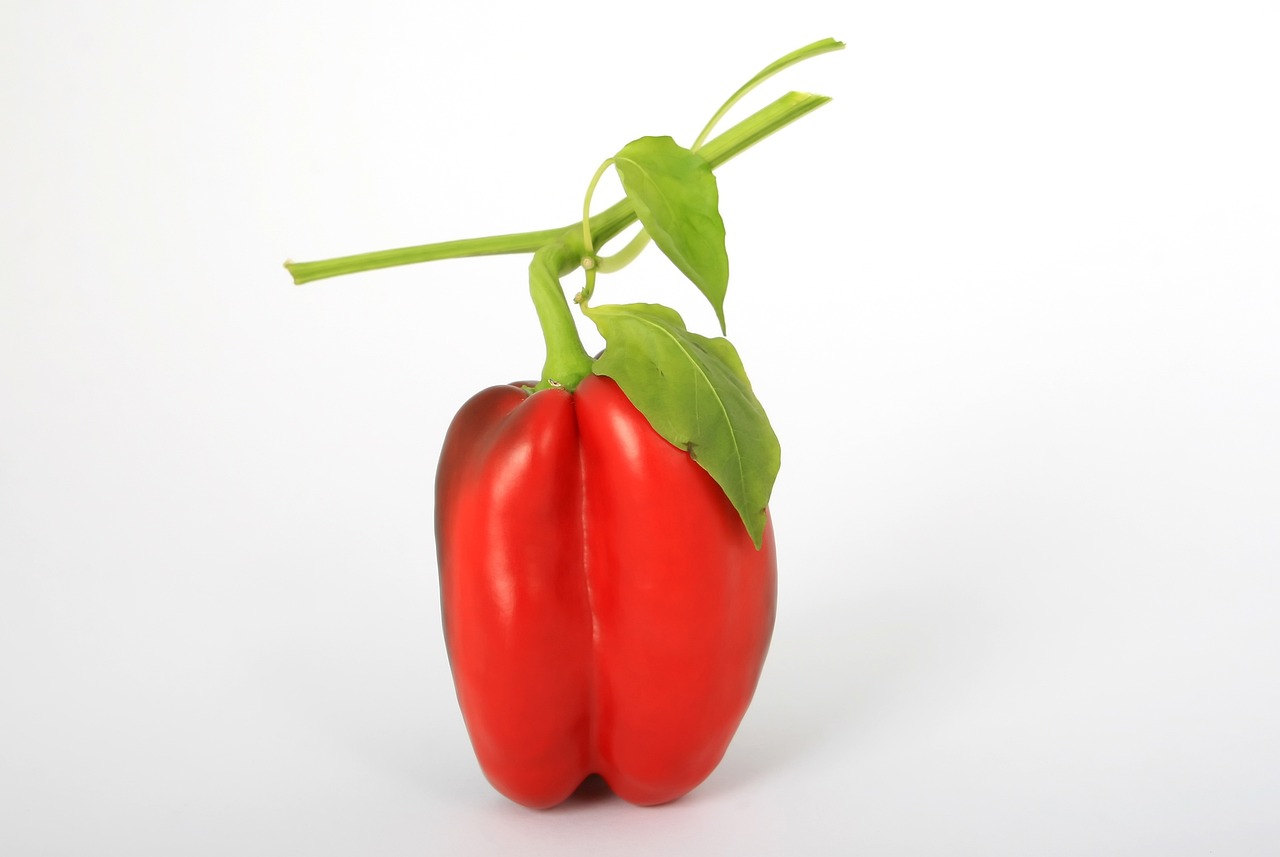
The Role of Acids in Baking
Baking is a beautiful dance of chemistry, and at the heart of this intricate performance lies the role of acids. When it comes to leavening agents, acids are the unsung heroes that help baking soda spring to life. But what exactly do they do? To put it simply, acids react with baking soda (sodium bicarbonate) to produce carbon dioxide gas, which is what makes your cakes rise and your cookies fluffy. Without this reaction, your baked goods would end up flat and dense, resembling more of a brick than a delightful treat.
In the kitchen, you’ll often find various acidic ingredients that play a pivotal role in this process. Some of the most common acids used in baking include:
- Citrus Juices: Lemon and lime juice are not only zesty and refreshing but also provide the necessary acidity that activates baking soda.
- Dairy Products: Ingredients like buttermilk and yogurt bring a tangy flavor while also serving as acids that enhance the leavening process.
- Vinegar: This common kitchen staple can be used to activate baking soda, adding both lift and a hint of flavor.
- Molasses: A sweet addition that brings depth to recipes, molasses is also acidic and can help with leavening.
When acids interact with baking soda, a chemical reaction occurs, releasing bubbles of carbon dioxide. Imagine these bubbles as tiny balloons that lift the batter, creating a light and airy texture. This reaction is not instantaneous; it begins as soon as the ingredients are mixed, which is why it’s crucial to get your batter into the oven promptly. Allowing the mixture to sit for too long can lead to a loss of that precious gas, resulting in a denser final product.
Moreover, the choice of acid can influence not just the leavening but also the flavor and texture of your baked goods. For instance, using lemon juice in a cake can provide a bright, citrusy flavor, while buttermilk can add a rich, creamy texture. The interplay between acidity and sweetness is what often leads to that perfect balance in your favorite recipes.
Understanding the role of acids in baking is essential for any baker, whether you're a novice or an experienced pro. By knowing how to harness the power of these ingredients, you can elevate your baking game and create delicious treats that rise to the occasion!
Q1: Can I use baking soda without an acid?
A1: No, baking soda requires an acid to activate it. Without an acid, it won't produce the carbon dioxide needed for leavening.
Q2: What happens if I use too much acid in my recipe?
A2: Using too much acid can lead to an overly tangy flavor and may interfere with the leavening process, resulting in dense baked goods.
Q3: Can I substitute baking powder for baking soda?
A3: Yes, but you need to adjust the quantities. Baking powder already contains an acid, so you can use less of it compared to baking soda.
Q4: How do I know if my baking soda is still good?
A4: To test baking soda, mix a small amount with vinegar. If it fizzes, it's still active; if not, it’s time to replace it.

Citrus Juices
Citrus juices, such as lemon and lime, are not just refreshing additions to your favorite drinks; they also play a vital role in the world of baking. When it comes to activating baking soda, these zesty juices are like the secret agents that bring your baked goods to life. The acidic nature of citrus juices reacts with the alkaline baking soda, creating carbon dioxide bubbles that help your cakes, cookies, and breads rise. Imagine your batter as a party waiting to happen, and citrus juices are the guests that kick it off with a bang!
But there's more to citrus juices than just their leavening properties. They add a delightful tangy flavor that can elevate your recipes from ordinary to extraordinary. Think about a lemon cake: without the bright acidity of lemon juice, it could taste flat and dull. The balance of flavors is crucial in baking, and citrus juices help achieve that perfect harmony. This is why many bakers swear by a splash of lemon or lime juice in their recipes, not just for the rise, but for that irresistible taste!
In addition to their leavening and flavor-enhancing properties, citrus juices also contribute to the moisture of baked goods. The liquid content in these juices helps hydrate the dry ingredients, ensuring that your final product is not only fluffy but also wonderfully moist. This is especially important in recipes like muffins and quick breads, where dryness can be a real issue. So, next time you're whipping up a batch of cookies or a cake, consider adding some citrus juice to the mix. Not only will it help with leavening, but it can also transform the overall texture and flavor of your baked goods.
To summarize, citrus juices are a fantastic addition to any baker's toolkit. They not only activate baking soda but also enhance flavor and moisture. So, whether you’re squeezing fresh lemon juice into your batter or using lime juice to brighten up a frosting, remember that these little bursts of acidity are your allies in the kitchen. They’re like the secret ingredient that brings everything together, ensuring that your baked creations are both delicious and perfectly risen!
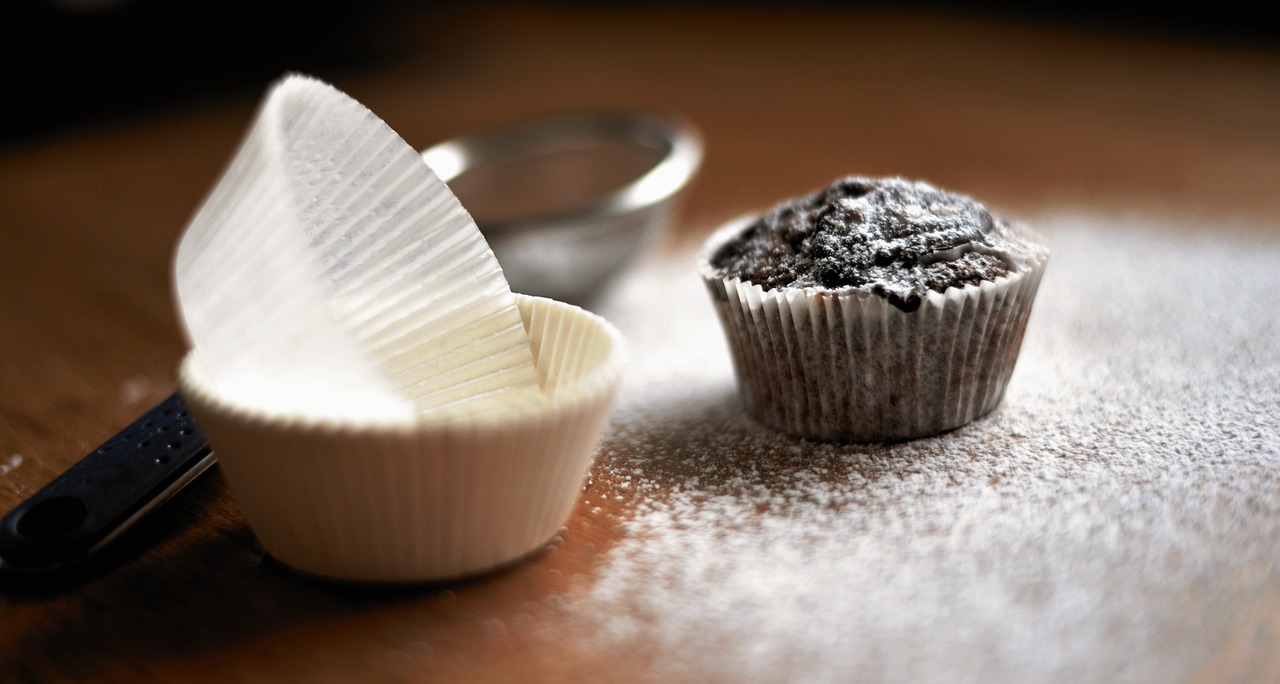
Dairy Products
Dairy products, such as buttermilk and yogurt, are not just delicious additions to your baking repertoire; they are also powerful leavening agents. When combined with baking soda, these dairy staples provide the necessary acidity to activate the leavening process. This interaction results in a delightful rise and contributes to a tender texture in baked goods. Imagine biting into a fluffy pancake or a moist cake; much of that magic comes from the right balance of acidity and alkalinity in your ingredients.
But how do these dairy products work their wonders? Let's break it down. When you mix baking soda with an acidic dairy product, a chemical reaction occurs, producing carbon dioxide gas. This gas forms bubbles in the batter, causing it to expand and rise. The result? A light, airy texture that makes your baked creations irresistible. For instance, buttermilk adds a tangy flavor while also ensuring that your baked goods don’t turn out dense and heavy.
In addition to buttermilk, yogurt offers similar benefits. It not only activates baking soda but also enhances the moisture content of your batter. This can lead to a rich, creamy texture that elevates your baked treats. Furthermore, the probiotics in yogurt can also contribute to a subtle depth of flavor, making your recipes stand out. So, next time you're whipping up a batch of cookies or a cake, consider reaching for some yogurt or buttermilk to unlock a new level of deliciousness.
It's essential to note that the fat content in these dairy products can also play a role in the final outcome of your baked goods. For example, using full-fat yogurt can yield a richer taste and a more decadent texture compared to low-fat versions. Here’s a quick comparison of how different dairy products can affect your baking:
| Dairy Product | Acidity Level | Effect on Baking |
|---|---|---|
| Buttermilk | High | Creates a light, fluffy texture; adds tangy flavor |
| Yogurt | Moderate | Enhances moisture; adds creaminess and flavor depth |
| Sour Cream | High | Rich texture; adds a slight tang |
In summary, incorporating dairy products like buttermilk and yogurt into your baking not only activates baking soda but also enriches the flavor and texture of your creations. So, don’t shy away from these creamy companions in your recipes. They are not just ingredients; they are the secret to achieving that perfect bake!
- Can I substitute milk for buttermilk in a recipe? Yes, you can mix regular milk with a tablespoon of vinegar or lemon juice to create a buttermilk substitute.
- What happens if I use too much baking soda? Using too much baking soda can lead to a bitter taste and a coarse texture in your baked goods.
- Can I use non-dairy alternatives instead of yogurt or buttermilk? Absolutely! Non-dairy yogurts and plant-based milk with added acid can work well in recipes.

The Importance of pH Levels
The pH level of ingredients in baking is a critical factor that can significantly influence the results of your baked goods. In simple terms, pH measures how acidic or alkaline a substance is, with a scale ranging from 0 to 14. A pH level below 7 indicates acidity, while a level above 7 indicates alkalinity. Understanding this concept is essential for bakers because it directly affects how leavening agents like baking soda and baking powder perform in your recipes.
When it comes to baking, the interaction between acids and bases is what creates the magical rise in your cakes, cookies, and breads. For instance, if you use baking soda, which is alkaline, it needs an acidic component to activate it. If the pH is too high (more alkaline), the baking soda won’t work effectively, leading to dense and flat baked goods. Conversely, if you’re using baking powder, which already includes an acid, the pH balance is less of a concern, but it still plays a role in how well your baked items rise.
Here’s a quick breakdown of how different pH levels can impact your baking:
| pH Level | Effect on Baking |
|---|---|
| Below 7 (Acidic) | Activates baking soda, leading to proper leavening |
| 7 (Neutral) | May require additional acid for baking soda to activate |
| Above 7 (Alkaline) | Can inhibit the action of baking soda, resulting in dense products |
Common acidic ingredients in baking include vinegar, yogurt, and buttermilk. Each of these not only helps activate baking soda but also contributes to the flavor and texture of the final product. For example, buttermilk can add moisture and tenderness to cakes, while vinegar can enhance the rise in cookies. It’s fascinating how a simple adjustment in pH can transform your baking experience!
Furthermore, the importance of pH levels extends beyond just leavening agents. The overall acidity or alkalinity of your batter can affect the Maillard reaction, which is responsible for browning and flavor development during baking. A more acidic batter may produce a lighter color, while a more alkaline one can lead to a darker, richer crust. This is why understanding pH levels can help you achieve not just the right texture but also the perfect flavor profile for your baked goods.
In summary, paying attention to the pH levels in your ingredients can make a world of difference in your baking results. Whether you’re a novice baker or an experienced one, knowing how to balance these levels will help you create light, fluffy, and delicious treats that will impress anyone who tries them. So next time you’re mixing up a batter, take a moment to consider the pH—your baked goods will thank you for it!
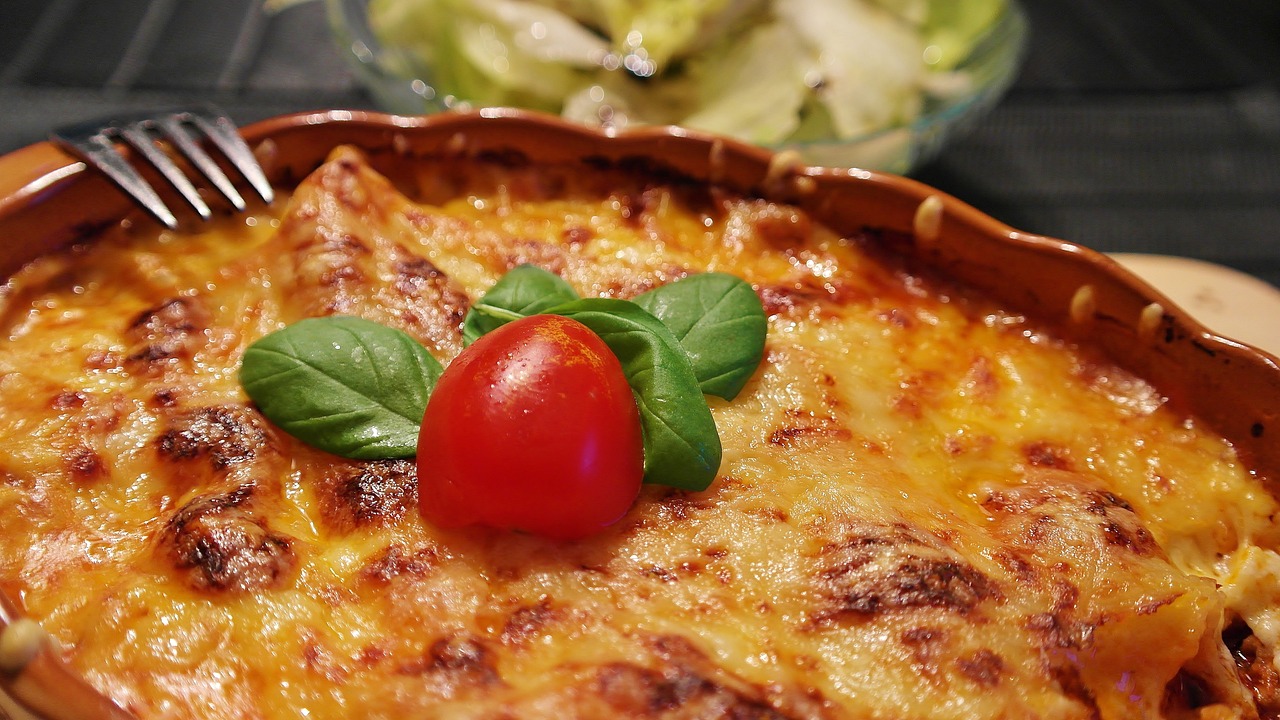
Substituting Baking Powder and Baking Soda
When it comes to baking, understanding how to substitute baking powder and baking soda can be a game changer. These two leavening agents, while often used interchangeably, have different chemical properties and functions. Knowing how to swap one for the other without compromising your recipe is crucial for achieving that perfect rise in your baked goods.
First off, it’s essential to grasp the basics of what each agent brings to the table. Baking soda, or sodium bicarbonate, is a base that requires an acid to activate. In contrast, baking powder contains both an acid and a base, making it a complete leavening agent. This means that when you're substituting one for the other, you need to consider the presence of acids in your recipe. If your recipe calls for baking soda but lacks an acidic ingredient, you might end up with a dense final product.
Here’s a quick guideline to help you make effective substitutions:
| Substitution | Conversion Ratio |
|---|---|
| 1 teaspoon baking soda | 2 to 3 teaspoons baking powder |
| 1 teaspoon baking powder | 1/4 teaspoon baking soda + 1/2 teaspoon acid (like vinegar or lemon juice) |
While these ratios serve as a solid foundation, it’s also important to consider the overall balance of flavors and textures in your baking. For instance, if you’re replacing baking soda with baking powder, you may need to adjust the acidity of your other ingredients to maintain the right flavor profile. On the flip side, using baking soda instead of baking powder might lead to a less fluffy texture if there isn’t enough acid present to activate it.
Another common mistake is assuming that all baking powders are created equal. There are two types: single-acting and double-acting. Single-acting baking powder releases gas as soon as it gets wet, while double-acting releases gas both when wet and when heated. If you’re using a recipe that specifies one type, substituting with the other could yield unexpected results.
To avoid any mishaps in your baking journey, here are a few tips:
- Always check for the presence of acidic ingredients in your recipes.
- Adjust the quantities of other ingredients accordingly to maintain balance.
- Keep in mind the type of baking powder you're using.
Ultimately, the art of substitution in baking is all about experimentation and understanding how these leavening agents work. With a little practice and attention to detail, you’ll be whipping up light and airy cakes, cookies, and breads in no time!
Q: Can I use baking soda instead of baking powder in any recipe?
A: Not necessarily! Baking soda requires an acid to activate, so if your recipe doesn’t include one, it might not work as intended. Always check for acidic ingredients.
Q: What happens if I use too much baking powder?
A: Using too much baking powder can lead to a bitter taste and cause your baked goods to rise too quickly and then collapse.
Q: How can I make my own baking powder?
A: You can create a simple homemade baking powder by mixing 1 part baking soda with 2 parts cream of tartar.
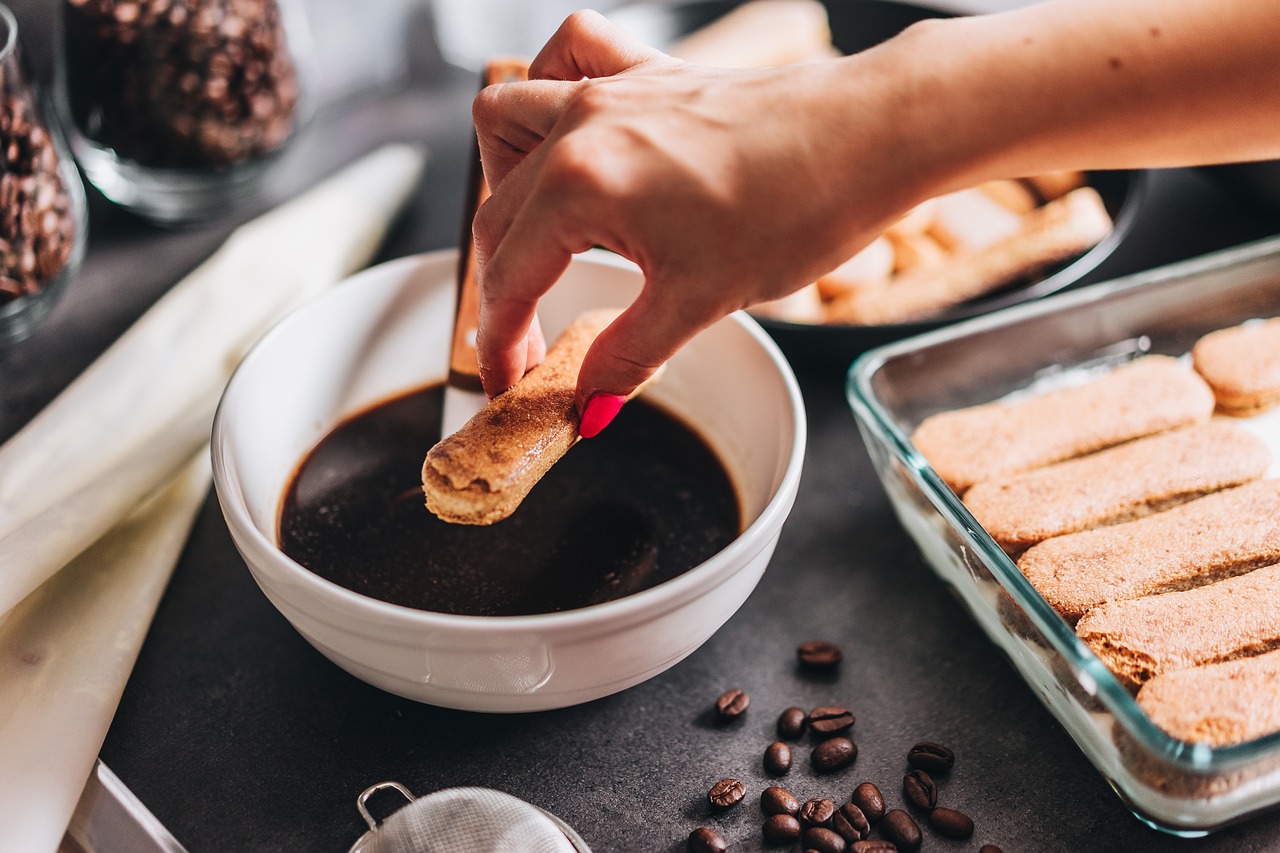
Conversion Ratios
When it comes to baking, understanding the between baking soda and baking powder is essential for achieving the perfect rise in your baked goods. These two leavening agents, while both effective in making your treats fluffy and light, are not interchangeable in a straightforward manner. The key lies in their chemical composition and how they react with other ingredients in your recipe.
To simplify things, here’s a basic guideline: if you're substituting baking soda for baking powder, you typically need to use about 1/4 teaspoon of baking soda for every 1 teaspoon of baking powder. This is because baking powder already contains an acid, while baking soda requires an acid to activate. Conversely, if you're swapping baking powder for baking soda, you should use approximately 1 teaspoon of baking powder for every 1/4 teaspoon of baking soda. This ratio ensures that your recipe maintains the necessary leavening power without compromising the final texture.
However, it’s not just about the ratios; the context of the recipe matters as well. For example, if your recipe already includes acidic ingredients like buttermilk or vinegar, you might find that you can reduce the amount of baking powder needed. On the other hand, if you're using baking soda, you may need to balance it out with an additional acidic component to ensure proper activation.
Here’s a quick reference table to help you visualize these conversions:
| Substitution | Baking Soda | Baking Powder |
|---|---|---|
| 1 tsp Baking Powder | 1/4 tsp Baking Soda + Acid | 1 tsp Baking Powder |
| 1/4 tsp Baking Soda | 1 tsp Baking Powder | 1/4 tsp Baking Soda |
Remember, baking is as much an art as it is a science. It’s always a good idea to experiment a little and see how different ratios affect your final product. You might just discover a new favorite way to bake!
- Can I use baking soda instead of baking powder? Yes, but you will need to add an acid to activate it.
- What happens if I use too much baking soda? Using too much can lead to a soapy taste and a dense texture.
- Is it necessary to measure precisely when substituting? While precision is important in baking, slight variations can sometimes be adjusted based on taste and texture preferences.
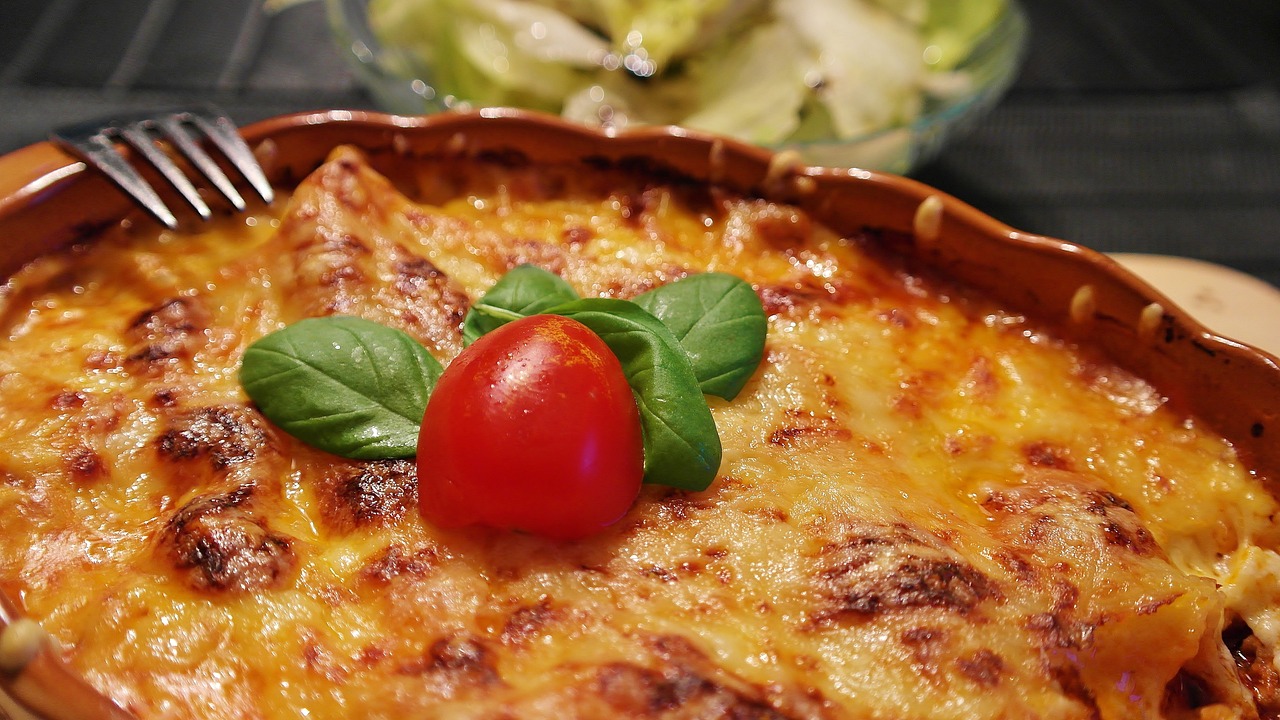
Common Mistakes to Avoid
When diving into the world of baking, even the most seasoned bakers can stumble over common pitfalls, especially when it comes to using baking powder and baking soda. One of the biggest mistakes is assuming that these two leavening agents can be used interchangeably without any consequences. While they both serve the purpose of making baked goods rise, their chemical compositions and activation processes are fundamentally different. Using the wrong one can lead to disastrous results, such as flat cakes or overly dense cookies.
Another frequent error is neglecting to account for the acidity in a recipe. For instance, when using baking soda, it’s crucial to balance it with an acidic ingredient. If you forget to add that splash of vinegar or buttermilk, you might end up with a batter that doesn't rise as expected. This can be likened to trying to inflate a balloon without air; it simply won’t work! On the flip side, using too much acid can cause the batter to become overly sour, ruining the flavor profile.
Additionally, many bakers overlook the importance of measurement accuracy. Baking is a science, and precise measurements are essential for achieving the desired results. A common mistake is to pack baking soda or powder tightly into a measuring spoon, which can lead to using too much of the leavening agent. This can result in a bitter taste or an overly airy texture. Instead, it’s best to use a spoon to gently scoop the powder and level it off with a straight edge.
Another area where bakers often falter is in the timing of adding the leavening agents. Baking soda starts reacting as soon as it comes into contact with an acid, while baking powder requires moisture and heat to activate. If you mix your batter and let it sit for too long before baking, you risk losing the leavening power, resulting in a dense final product. Always aim to bake your creations immediately after mixing to capture that perfect rise!
Here’s a quick summary of some common mistakes to avoid:
- Using baking soda and baking powder interchangeably without adjustment.
- Neglecting to balance acidity when using baking soda.
- Inaccurate measurements leading to flavor and texture issues.
- Delaying baking after mixing, which can cause loss of leavening power.
By being mindful of these common mistakes, you can elevate your baking game and ensure that your treats come out light, fluffy, and absolutely delicious every time. Remember, baking is as much about chemistry as it is about creativity, so don’t hesitate to experiment, but always keep the fundamentals in mind!
Q: Can I use baking soda instead of baking powder?
A: Yes, but you’ll need to add an acid to the recipe to activate it. For every teaspoon of baking soda, you should include about half a teaspoon of an acid, like vinegar or lemon juice.
Q: What happens if I use too much baking powder?
A: Using too much baking powder can lead to a bitter taste and an overly airy texture. It can also cause your baked goods to rise too quickly and then collapse.
Q: How can I tell if my baking soda or powder is still good?
A: To test baking soda, mix a small amount with vinegar; it should fizz. For baking powder, combine it with hot water; if it bubbles, it’s still active. If there’s no reaction, it’s time to replace them.
Q: Can I make my own baking powder?
A: Absolutely! You can create a simple homemade baking powder by mixing one part baking soda with two parts cream of tartar. Just remember to use it right away for the best results!
Frequently Asked Questions
- What is the main difference between baking powder and baking soda?
Baking soda is a single compound, sodium bicarbonate, that needs an acid to activate it, while baking powder contains both an acid and a base, making it a complete leavening agent. This means baking powder can work on its own without adding additional acidic ingredients.
- Can I substitute baking powder for baking soda?
Yes, you can substitute baking powder for baking soda, but you'll need to use more baking powder. The general rule is to use about three times the amount of baking powder as baking soda. However, keep in mind that this may alter the taste and texture of your baked goods.
- What types of acids can activate baking soda?
Common acids that can activate baking soda include vinegar, lemon juice, yogurt, and buttermilk. Each of these ingredients not only provides the necessary acidity to trigger the leavening action but also adds unique flavors to your recipes.
- Why is pH important in baking?
The pH level of your ingredients can significantly impact the effectiveness of baking soda and baking powder. A higher acidity (lower pH) can enhance the leavening process, while a more alkaline environment can inhibit it. This means that balancing the pH in your recipes is crucial for achieving the desired rise and texture.
- What are some common mistakes when using baking powder and baking soda?
One common mistake is using the wrong amount of leavening agent, which can lead to flat or overly dense baked goods. Another error is assuming that baking powder and baking soda can be used interchangeably without considering their different properties and how they react with other ingredients.
- How can I tell if my baking powder or baking soda is still good?
You can test baking soda by mixing it with vinegar; if it fizzes, it's still active. For baking powder, mix it with hot water; if it bubbles vigorously, it’s still good. If either doesn't react, it's time to replace them!

